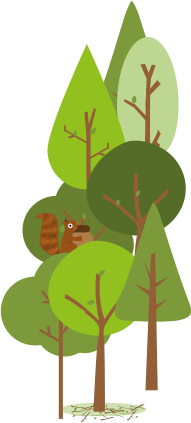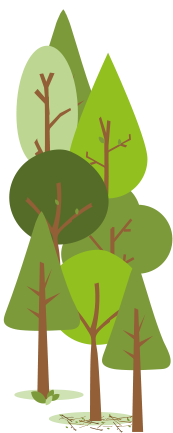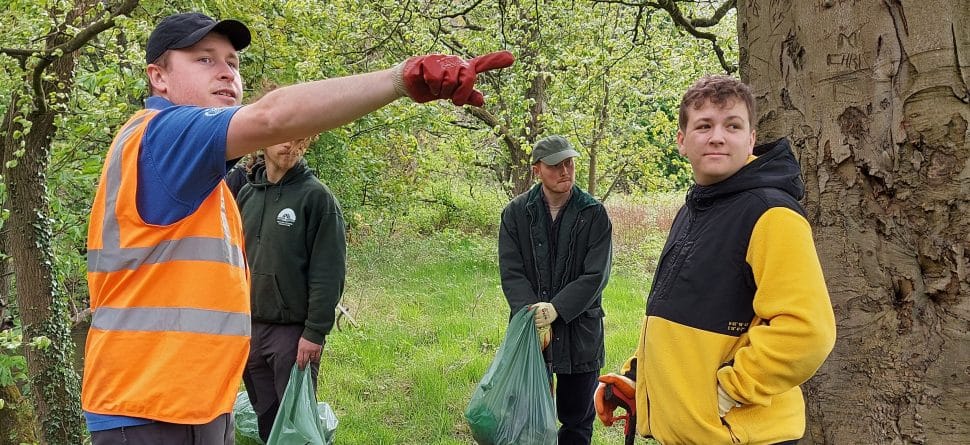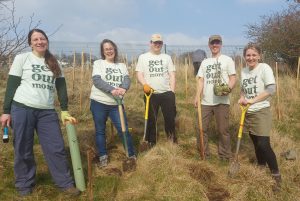

Year of Environmental Actions: Motivating Action
16th September 2022


We are currently living in a period of pessimism about the future of natural environments. With climate change accelerating at a rate unseen before and the threats this poses to wildlife in the present and future, it’s no wonder to see that people aren’t filled with optimism over the future. At least 70% of 16–24-year-olds have a concern for the decline in wildlife, (National Trust Noticing Nature Report 2020). This percentage increases with age too, with 4 out of 5 older people being concerned about biodiversity loss. From conversations with friends, the fear over biodiversity is mirrored by the National Trust study. So, what can be done to motivate and kickstart collective action, and what does any of this have to do with environmental actions?
“No one will protect what they don’t care about and no one will care about what they have never experienced.” David Attenborough
The National Trust study found that people who spend time taking notice of nature and connecting with it, are more likely to be the ones who take conservation action, such as feeding birds or campaigning for better nature protection. We see this in the projects Get Out More does too; the children who enjoy time outdoors playing in the woods are less likely to be the ones dropping litter or setting fire to trees. By connecting children to nature on their doorstep when they are young, we are hopefully growing a generation who will want to look after those places as they grow up.
Follow this idea through, and it makes sense that large-scale initiatives encouraging people to spend more time outdoors could be a useful way to create nature connections and a relationship with nature that leads to conservation on a global scale. On a personal level, I found this to be true through getting the opportunities to get involved with forest school and forest school training. I have been given the opportunity to engage with nature, network with other organisations and enjoy having a connection with the outdoors which has almost naturally led me to conservation volunteering and having a hand in developing an environmental volunteer programme at Get Out More.
We take action for the environment by spending time outdoors, taking the long way through the woods on the walk to or from work. It is something I can do that brings me closer to nature and more motivated to look after it for the future.
Ryan Passmore, Projects and Marketing Assistant

